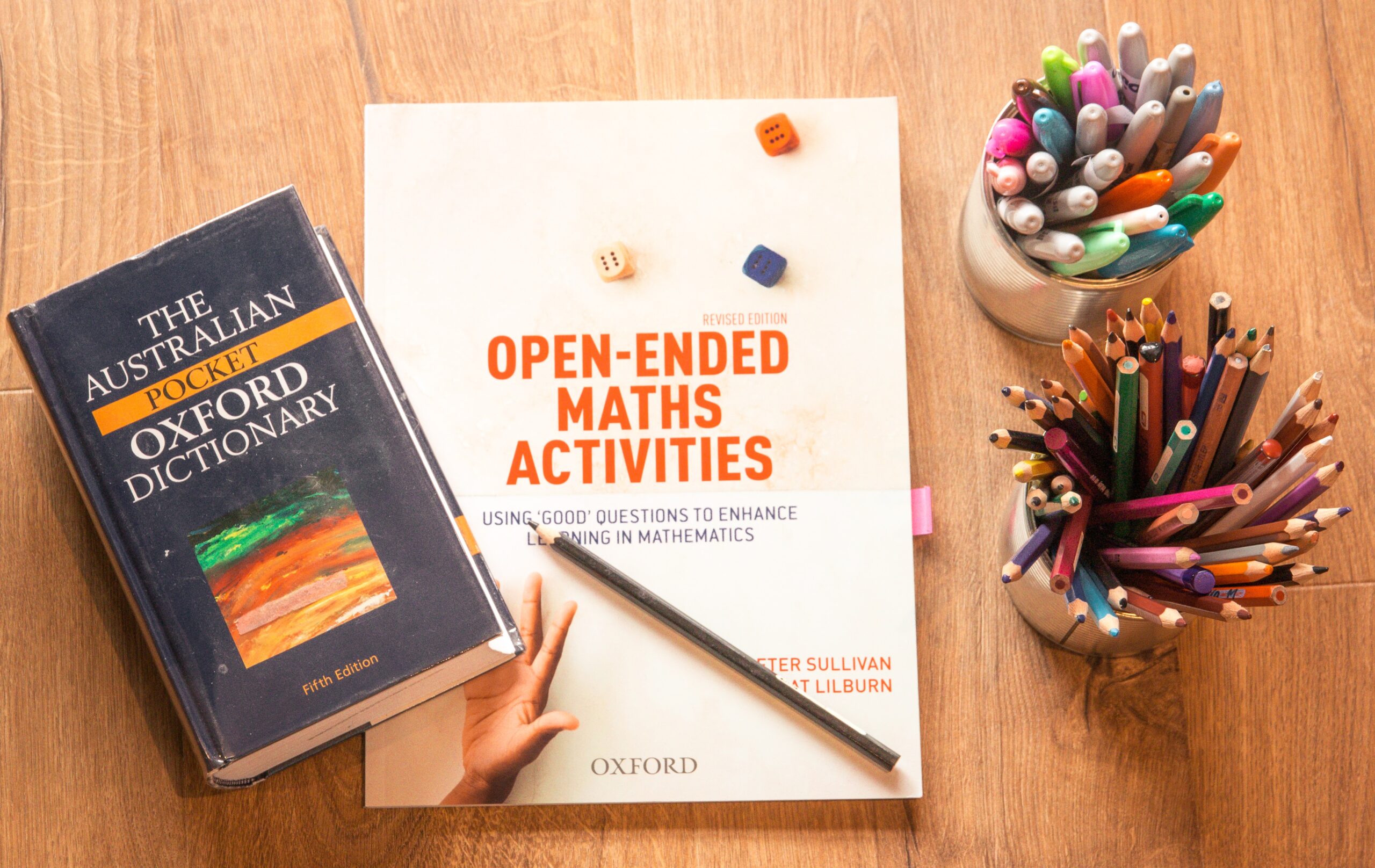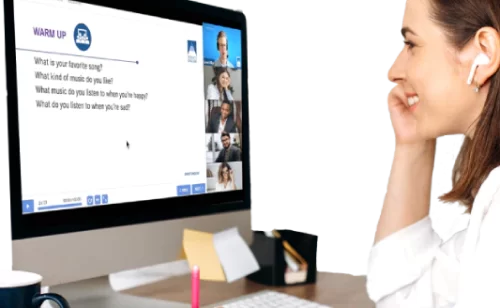
Did you know that there is no single best method for learning a language?
For as long as human beings have been learning languages, language-teachers have been searching for a single best method that will solve their problems. They have never found such a method because there isn’t one. There are plenty of traditional references to ‘methods’ such as The Direct Method, The Natural Method, The Audio-Visual Method, but these labels turn out to be misleading.
If a method is worth its name, it should be possible to break it down into steps so we can all understand precisely what it consists of. It is impossible to do this with the so-called methods listed above.
The Direct Method merely refers to the idea that a teacher should use only the target language in the classroom and avoid using the learners’ mother tongue.
The Natural Method refers to the idea that we might be able to learn in the way we did when we were children by picking up a foreign language naturally.
The Audio-Visual Method refers to the idea that we can achieve mastery of a foreign language through sound and vision. These are not methods, they are merely general approaches or guidelines to the ways in which we might learn foreign languages.
So why is there no single method we can recommend? For the simple reason that we require a great variety of methods to learn different language tasks. For example, you need a different method to learn to read from the one you need to learn to speak.
The method you use also needs to be adapted to suit your situation. Obviously, teaching foreign-language reading skills to eight-year-olds at school is a different matter from teaching these same skills to (say) highly educated adults. There are so many different skills, major and minor, that we need to master when we’re learning a foreign language. There are major skills like understanding and speaking, and sub-skills like note-taking, reporting, using a dictionary.
Everyone of these skills requires its own method which is adapted precisely to the needs of particular learners. These separate methods can then be broken down into steps which the learner can master through practice. A good language course is therefore like a tapestry of different, but interlocking, methods which taken together make up a system.
Direct English is a system consisting of a wide variety of methods. Within the course there are methods for mastering important skills like understanding and speaking, but there are also methods for mastering sub-skills like asking and answering questions.
For example, Direct English teaches understanding by obliging the learner to listen actively to each video episode. However, the video episodes themselves are highly varied so the learner is provided with a range of different listening experiences.
In addition to the short episodes that make up the story-lines, there is a lot of unscripted material consisting of interviews with native speakers, or lectures, news items, and so on. Additionally, there are carefully worked-out methods to teach sub-skills like answering questions and asking questions. There are different kinds of speaking activities teaching learners how to cope with transactions, how to hold everyday conversations and how to cope with argument. Every activity in Direct English has its own method which has been carefully designed and developed to achieve a particular objective.
DirectEnglish,therefore, is a total system. Even the creators of Direct English couldn’t make the immodest claim that it is the best system available, but they can certainly claim that it is among the very best systems that have ever been developed. Nothing is random. Nothing is left to chance. Every activity the learner practices is designed to lead relentlessly to the mastery of different objectives. Each of these objectives together represents what you have to do to achieve total fluency in the varied skills that make up language use.

